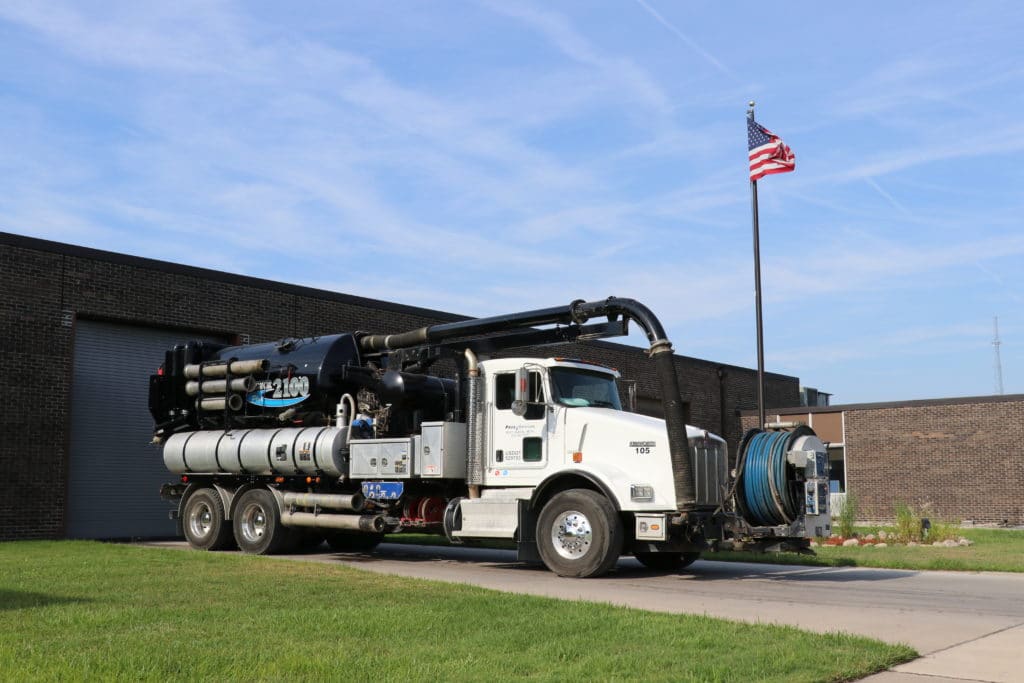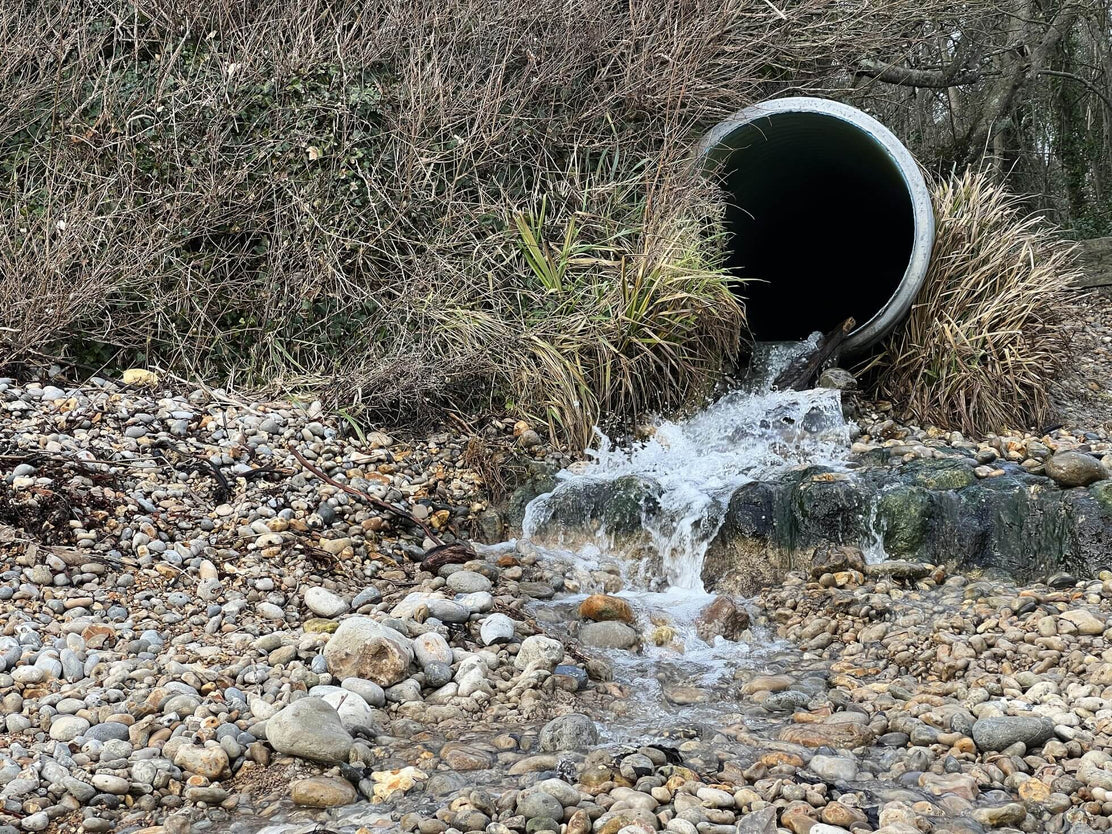Expert Liquid Waste Removal Melbourne: Fast and Budget-friendly Services
Wiki Article
How Fluid Garbage Disposal Functions: An In-depth Summary of Methods and Technologies Used

Review of Liquid Waste Types
The intricacy of fluid waste kinds requires a comprehensive understanding of their qualities and ramifications for disposal. Liquid waste can extensively be classified into several kinds, including industrial, community, farming, and dangerous waste. Each category shows unique homes, requiring specific management methods to minimize environmental and wellness dangers.
Industrial fluid waste stems from manufacturing procedures and frequently contains a range of contaminants, such as heavy metals, solvents, and organic substances. Municipal liquid waste, primarily making up wastewater from homes and commercial facilities, contains raw material, nutrients, and virus (industrial wastewater treatment). Agricultural fluid waste, including drainage from farms, might have fertilizers, pesticides, and animal waste, posing dangers to water top quality and ecosystems
Unsafe fluid waste is identified by its poisoning, sensitivity, or prospective to create harm. This group consists of materials like acids, bases, and specific chemicals that necessitate stringent handling and disposal protocols. Recognizing these varied liquid waste kinds is important for developing effective disposal techniques and making sure compliance with environmental policies. Proper classification and characterization are important for implementing appropriate treatment methods and reducing the damaging effects on public health and the environment.
Physical Treatment Methods

Screening is the first action, where larger particles and particles are removed from the liquid waste making use of screens or grates. In sedimentation tanks, larger bits settle at the bottom, creating a sludge layer, while the clarified fluid can be more treated.
Filtering is an additional essential method that involves passing the fluid through porous materials, such as sand or membranes, to record smaller sized bits. This action improves the top quality of the fluid, making it ideal for subsequent therapy procedures.

Chemical Therapy Techniques
Chemical therapy techniques are crucial for properly handling fluid waste, specifically in attending to liquified and colloidal pollutants that physical approaches might not appropriately get rid of. These techniques make use of various chemical representatives to reduce the effects of, speed up, or change dangerous substances right into much less harmful types.One usual technique is coagulation and flocculation, where chemicals such as alum or ferric chloride are included to promote the gathering of put on hold bits. This procedure enhances sedimentation, permitting much easier removal of the resulting sludge. Additionally, oxidation processes, using agents like chlorine or ozone, are employed to damage down intricate organic substances and pathogens, providing the waste more secure for discharge or further therapy.
Neutralization is an additional essential strategy, which readjusts the pH of acidic or alkaline waste streams to neutral levels, avoiding prospective damage to downstream systems and the atmosphere. Moreover, progressed oxidation processes (AOPs) utilize combinations of oxidants and ultraviolet light to deteriorate persistent contaminants, attaining a greater degree of therapy performance.
Organic Therapy Procedures
Biological treatment processes play a critical function in the management of liquid waste industrial wastewater treatment solutions by using bacteria to decompose natural matter and minimize pollutant degrees. These processes can be extensively categorized right into anaerobic and cardio treatments, each using details microbial communities to attain reliable waste deterioration.Cardio treatment involves using oxygen to help with the failure of organic products by germs. This process is typically executed in triggered sludge systems, where aeration storage tanks provide a helpful setting for microbial growth, resulting in the oxidation of natural pollutants. The resultant biomass can be separated from dealt with effluent with sedimentation.
In contrast, anaerobic treatment takes place in the lack of oxygen, counting on different germs to damage down organic matter. This technique is especially helpful for high-strength waste, as it produces biogas, a renewable resource resource, while decreasing sludge manufacturing. Technologies such as anaerobic digesters are frequently utilized in metropolitan and industrial applications.
Both cardio and anaerobic biological therapies not just reduce the ecological influence of fluid waste but also help with resource recovery, making them important elements of sustainable waste administration strategies. Their flexibility, efficiency, and efficiency sustain their prevalent application throughout different markets.
Arising Technologies in Disposal
Innovative approaches to fluid garbage disposal are rapidly developing, driven by improvements in innovation and a boosting focus on sustainability. Among these emerging modern technologies, membrane layer bioreactors (MBRs) have obtained traction for their capacity to integrate organic therapy with membrane filtration, causing top notch effluent that can be reused in various applications. MBRs allow smaller sized impacts and more effective procedures compared to traditional systems.Another appealing development is making use of anaerobic digestion integrated with nutrient recuperation technologies, which not only treats liquid waste however additionally creates biogas and recuperates beneficial nutrients like nitrogen and phosphorus. This dual benefit improves resource performance and reduces ecological effect.
In addition, advanced oxidation procedures (AOPs) are being adopted for the degradation of intricate natural contaminants. These techniques use powerful oxidants and stimulants to damage down impurities at the molecular degree, using a highly efficient remedy for difficult waste streams.
Moreover, the combination of expert system and device understanding in waste administration systems is optimizing functional effectiveness and anticipating maintenance, resulting in decreased costs and boosted environmental conformity. These modern technologies mirror a significant change towards more sustainable and efficient fluid garbage disposal techniques.
Final Thought
In verdict, effective liquid waste disposal demands a comprehensive understanding of various methods and innovations. By continuously advancing these approaches, it ends up being feasible to deal with the growing obstacles linked with liquid waste, inevitably contributing to ecological security and source recovery.Fluid waste disposal is a vital aspect of environmental monitoring, calling for a comprehensive understanding of numerous methods and technologies customized to various waste types. Fluid waste can generally be categorized into numerous kinds, consisting of industrial, municipal, agricultural, and unsafe waste. Agricultural liquid waste, including drainage from ranches, might contain plant foods, pesticides, and pet waste, positioning dangers to water top quality and ecosystems.
Different physical treatment approaches play a vital function in taking care of fluid waste efficiently - industrial wastewater treatment.In verdict, reliable fluid waste disposal necessitates a thorough understanding of various methods and modern technologies
Report this wiki page